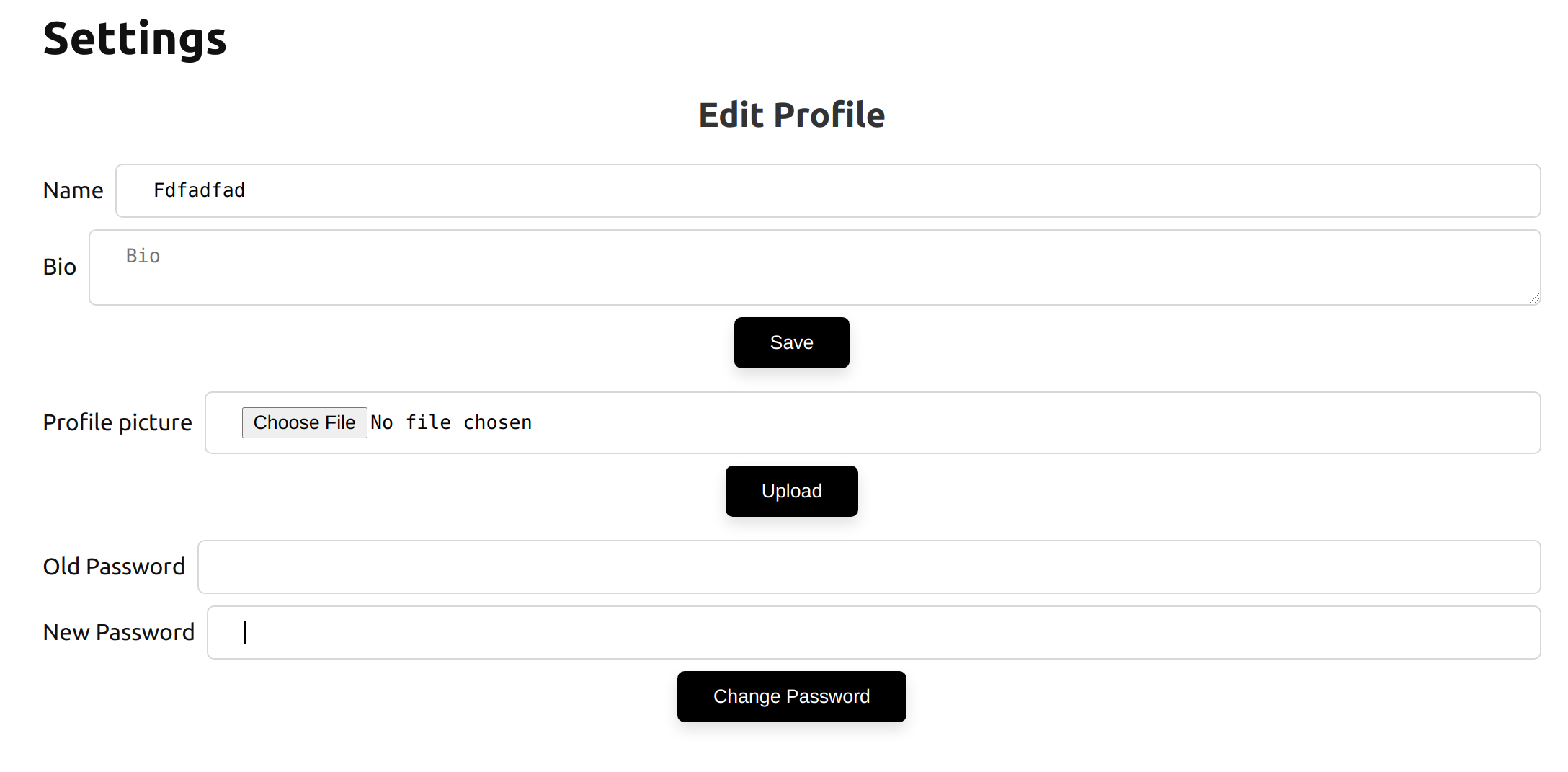
For example, if you configure the management VLAN on port 1 of the supervisor engine, you must configure the same VLAN on giga1 of the Guard module. You must configure the management VLAN on the correlating Guard module interfaces. You can define a management VLAN on any or all of the three supervisor engine ports. Ports 1, 2, and 3 on the supervisor engine all support Guard module management traffic. – 3-Gbps operation-Only inband management traffic is supported between the supervisor engine and the Guard module. When you configure the Guard module for management traffic, you assign the same management VLAN to the Guard module physical interface that is used exclusively for out-of-band management traffic and identified as eth1. You must define the out-of-band management VLAN on this port. Port 1 on the supervisor engine is the only port that supports out-of-band management traffic.

– 1-Gbps operation- Inband and out-of-band management traffic is supported between the supervisor engine and the Guard module. The requirements for defining a management VLAN depends on which of the following bandwidth performance levels that your Guard module operates: The Guard module uses the management VLAN to allow user access through one of the available remote management services described in the "Managing the Guard Module" section on page 3-13. Management traffic-You must define the management VLAN on one of the supervisor engine interface ports.How you define a VLAN on the supervisor engine and Guard module interface ports depends on whether the Guard module is operating as a 1-Gbps or a 3-Gbps device and which of the following traffic types the port is to handle: From the supervisor engine, you must assign a VLAN to the Guard module before you can configure the Guard module to use the VLAN. VLANs are used for passing traffic between the supervisor engine and Guard module. Note When the Guard module is first installed, the status is usually "other." Once the Guard module completes the diagnostic routines and comes online, the status reads "OK." Allow at least 5 minutes for the Guard module to come online. To save all configuration changes to the Flash memory, use the write memory command in privileged EXEC mode. To configure the Guard module on the supervisor engine, you must have EXEC privileges and must be in configuration mode. You must configure the Guard module on the supervisor engine before you can establish a session with the Guard module to configure it.

Default password to mguard how to#
This chapter describes how to configure the installed Cisco Anomaly Guard Module (Guard module) on the supervisor engine of a Cisco Catalyst 6500 series switch or a Cisco 7600 series router. Configuring the Guard Module on the Supervisor EngineĬonfiguring VLANs for Management and Data TrafficĬonfiguring the Layer 3 Interfaces on the VLANsĪccessing the Guard Module for the First TimeĮstablishing a Session with the Guard Module after the Initial SessionĬonfiguring Multiple Guard Modules in a Single Switch or Router


 0 kommentar(er)
0 kommentar(er)
